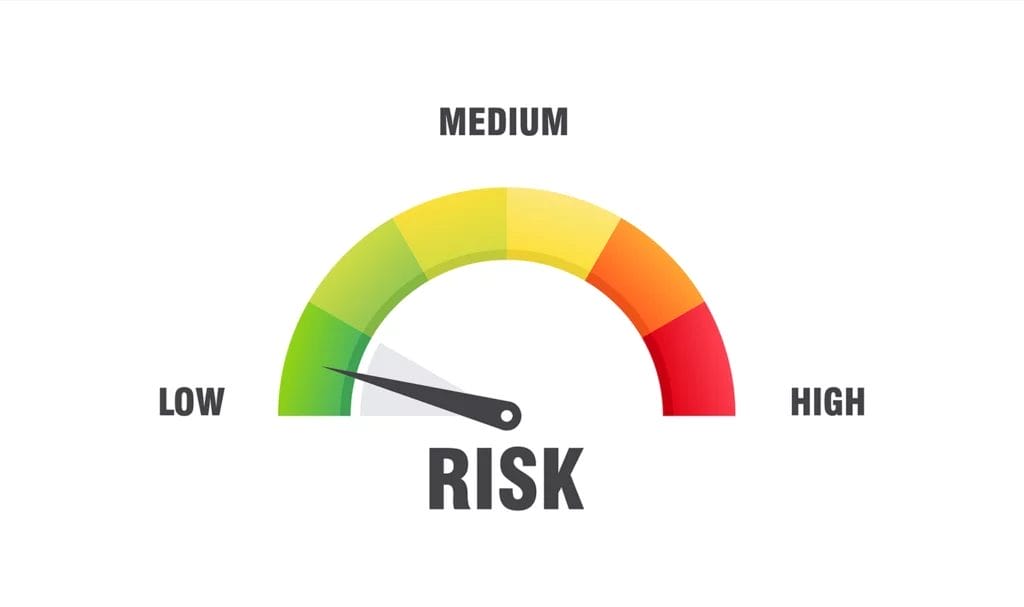
JoAnne Hammer | Program Manager
JoAnne Hammer is the Program Manager for Insurance Canopy. She has held the prestigious Certified Insurance Counselor (CIC) designation since July 2004.
JoAnne understands that starting and operating a business takes a tremendous amount of time, dedication, and financial resources. She believes that insurance is the single best way to protect your investment, business, and personal assets.
JoAnne Hammer is the Program Manager for Insurance Canopy. She has held the prestigious Certified Insurance Counselor (CIC) designation since July 2004.
JoAnne understands that starting and operating a business takes a tremendous amount of time, dedication, and financial resources. She believes that insurance is the single best way to protect your investment, business, and personal assets.
The best way to make sure new students and clients are safe to participate in personal training, yoga, CrossFit, dance, or other fitness activity is to have clients complete a preliminary health screening form before beginning any activity. The PAR-Q is the most widely used and recognized such form.
Learn everything you need to know about the PAR-Q and where to find it below!

What Is the PAR-Q Form?
PAR-Q stands for Physical Activity Readiness Questionnaire.
The PAR-Q is a preliminary health history/pre-participation screening form used by fitness professionals to help evaluate a client’s physical preparedness to start a regular training program.
It consists of seven primary health questions, with follow-up questions based on those first answers. Much like other waivers or onboarding forms, clients also need to sign the form to acknowledge that they read and understood the form’s questions and purpose.
What Is a PAR-Q Form Used For?
Personal trainers, group exercise instructors, gyms, and other fitness facilities use PAR-Q forms to get an overview of new clients’ current health and fitness status.
The form’s primary purpose is to flag if a participant should seek further clearance from a medical professional before starting a fitness routine. But the PAR-Q also helps:
- Instructors get to know new clients
- Identify clients’ potential limitations due to illness or injury
- Assess relevant ongoing medical conditions
- Pinpoint relevant medications (ex. blood pressure or cholesterol prescriptions)
- Potentially lower the instructor’s personal liability exposure
In the event a client doesn’t disclose a condition and they experience an issue while working with you, your personal liability may be lessened when you have it on record (via a PAR-Q form) that you asked and they failed to inform you of that condition.
If you don’t use a PAR-Q or any health questionnaire, you could be blamed for causing a client’s medical event or worsening a medical condition because you failed to do a proper health screening.

What Questions Are on the PAR-Q Form?
- Has your doctor ever said that you have a heart condition OR high blood pressure?
- Do you feel pain in your chest at rest, during your daily activities of living, OR when you do physical activity?
- Do you lose balance because of dizziness OR have you lost consciousness in the last 12 months?
- Have you ever been diagnosed with another chronic medical condition (other than heart disease or high blood pressure)?
- Are you currently taking prescribed medications for a chronic medical condition?
- Do you currently have (or have had within the past 12 months) a bone, joint, or soft tissue problem that could be made worse by becoming more physically active?
- Has your doctor ever said that you should only do medically supervised physical activity?*
*Reprinted with permission from the PAR-Q+ Collaboration (www.eparmedx.com) and the authors of the PAR-Q+ (Dr. Darren Warburton, Dr. Norman Gledhill, Dr. Veronica Jamnik, and Dr. Shannon Bredin).
Pending the answers to these base questions, participants may be asked to provide more information and/or answer additional questions on the following pages.
Follow-up questions generally ask the individual more specific details about medical conditions they currently have or have had in the past and about prescription medications they currently take.
Other follow-up questions include yes or no inquiries about the individual’s:
- Bone density, arthritis, or other joint issues
- Cancer status
- Diabetes status
- Mental health or learning difficulties
- Respiratory conditions
- Spinal cord injuries
- Stroke history
If a client answers “Yes” to any of these follow-up questions, it’s recommended that they seek additional medical consultation before starting a training program. Unless, of course, they already have clearance and/or direction from their doctor.
As always, each situation is different. Continue to exercise your best judgment based on each client’s circumstances and the information available.

Are There Any Limitations to the PAR-Q Form?
While the PAR-Q form can help you mitigate potential liability exposures, it does not guarantee any legal protections. It is meant to be used as a screening tool for potential health risks; it does not diagnose or determine the cause of any medical condition.
The questions included are also broad and cover some of the most commonly occurring health issues. They are not intended to identify each and every condition a prospective client might have or might be at risk for developing.
Is a PAR-Q Form Legally Required?
There are no laws that require trainers or gyms to use a PAR-Q form. But it is a generally accepted best practice to use either a PAR-Q form or another health history questionnaire before beginning any new fitness program.

Do Personal Trainers Need Both a PAR-Q Form and a Liability Waiver?
Yes. As far as best practices for both you and your clients go, it is important to use a PAR-Q form and a liability waiver because they work together to help you identify and reduce your risks as a trainer.
- The PAR-Q is used to help you spot red flags in a client’s medical history. If something is flagged with the PAR-Q, you can better assess if that individual should seek a medical consult before working out, if you need to be mindful of certain conditions, or a combination of those.
- A liability waiver is intended to establish informed consent and the client’s agreement not to sue if an accident does occur. Fitness liability waivers are another tool for trainers to help protect themselves, their clients, and their business.
Where Can You Get the PAR-Q Form?
The only official Physical Activity Readiness Questionnaire is available for free directly from the ePARmed-X+ website. It provides both a standard PDF version and a fillable PDF version clients may complete electronically.
Additionally, the form is currently offered in seven languages:
Do Personal Trainers Need Both a PAR-Q Form and Insurance?
Yes! The PAR-Q form can help mitigate your risks by alerting you to potential health concerns in your clients, but it does not protect you from the cost of potential general liability claims or lawsuits.
PAR-Q forms help you and your clients make sure they’re physically ready for exercise. Personal trainer insurance can help you if training mishaps result in client trip-and-falls, client or venue property damage, damage to your own equipment, and more.
Having insurance is even required by many facilities and studios as a condition of employment. Things like the PAR-Q form and liability waivers add extra layers of protection, but fitness professionals still need liability insurance.
Protect your clients’ health by performing the proper screenings that will inform you how to appropriately plan for each client. Protect yourself and your livelihood with fitness liability insurance.

Frequently Asked Questions About the PAR-Q Form
How Often Should Clients Fill Out a PAR-Q Form?
Clients should complete new PAR-Q forms annually or when there has been a significant change in their medical history.
Where Should I Store Completed PAR-Q Forms to Ensure Privacy?
Store your PAR-Q forms in a safe, secure location, as with any type of private client information. Records should be kept in a lockable area not accessible to the general public or regular members of the facility.
Is There a Difference Between a PAR-Q Form and Other Health Screening Forms?
Yes. The official PAR-Q form is an established, evidence-based document originally created by a team of scientists and medical professionals in Canada, with updates made based on continued research and feedback.
Most other health screening forms in use tend to cover the same basic information as the PAR-Q’s primary seven. Some places and organizations will create their own versions for their specific facility and/or staff to use.
Can I Customize a PAR-Q Form for My Fitness Business?
The official PAR-Q form may not be altered. In most cases, there is no need to alter the form as the questions apply to the individual participant’s health, and not any one type of activity.
To ensure both you and your clients’ health and safety, use the official PAR-Q or another legitimate health screening form that has been reviewed and approved by the appropriate legal and/or medical professionals.





